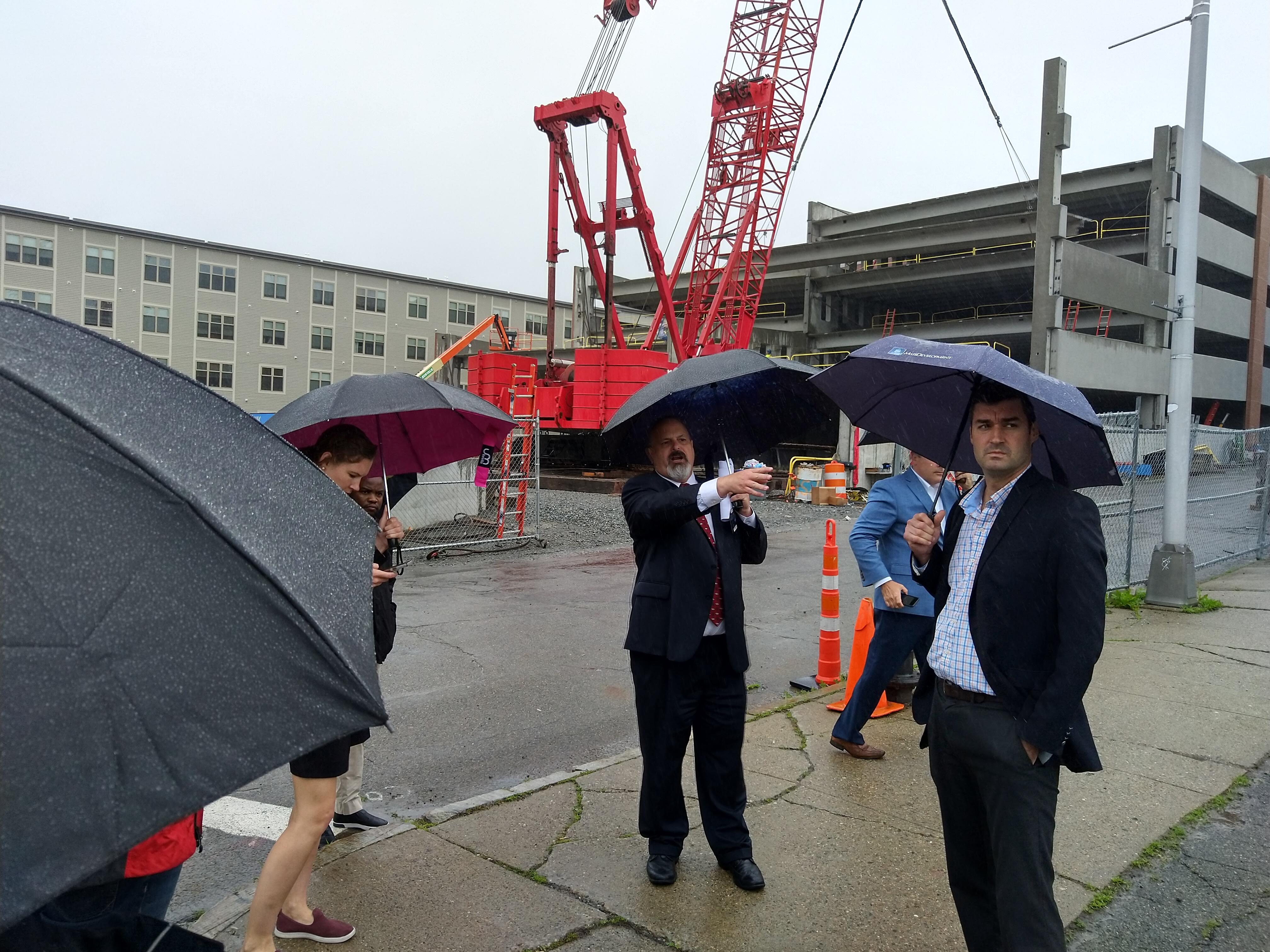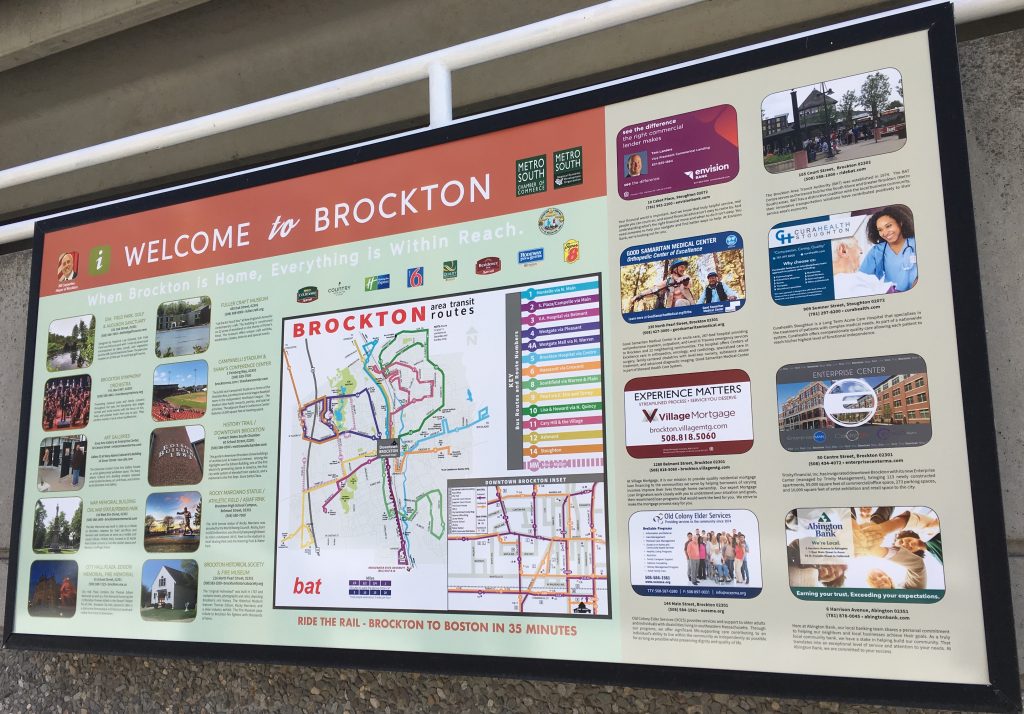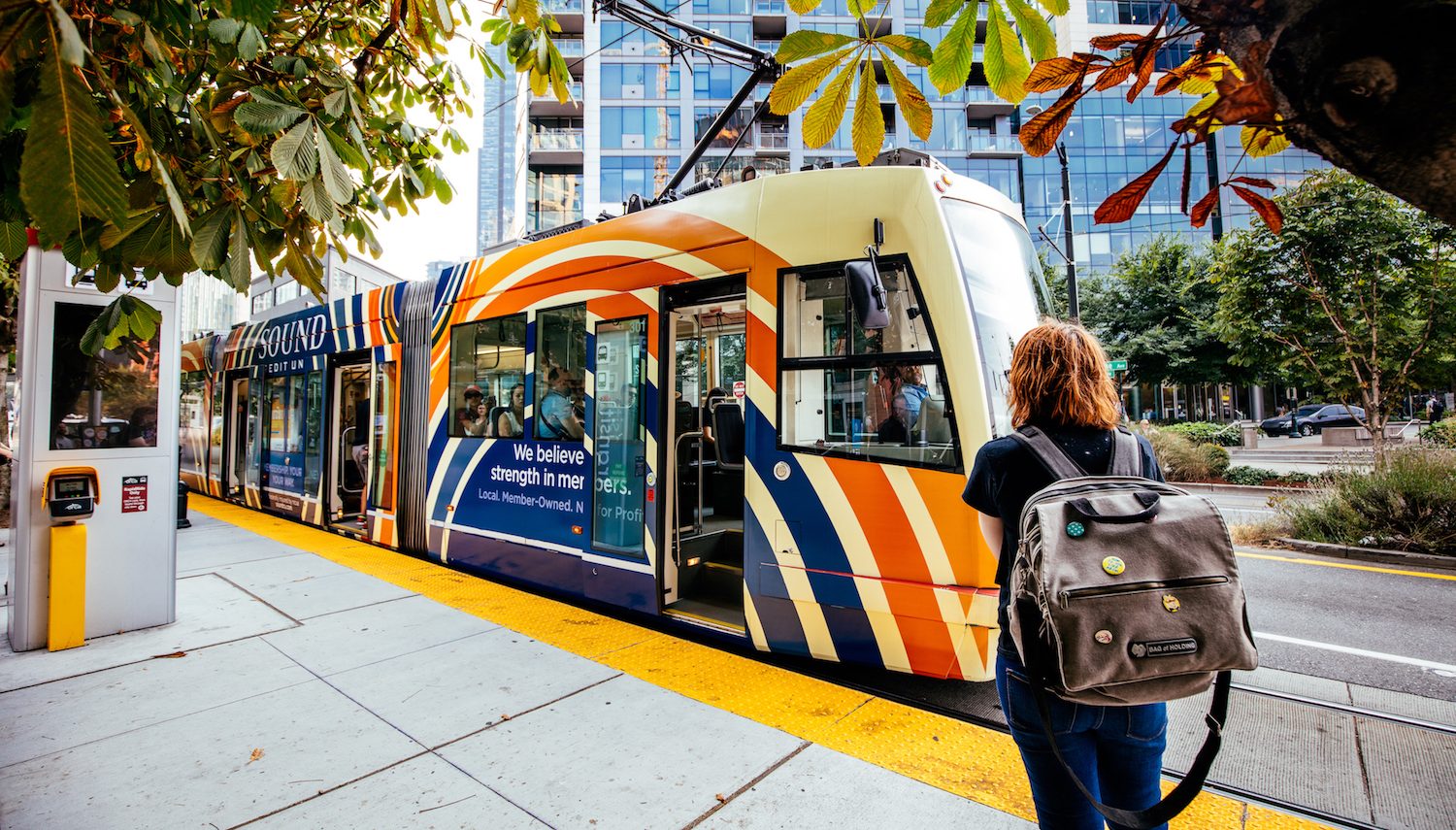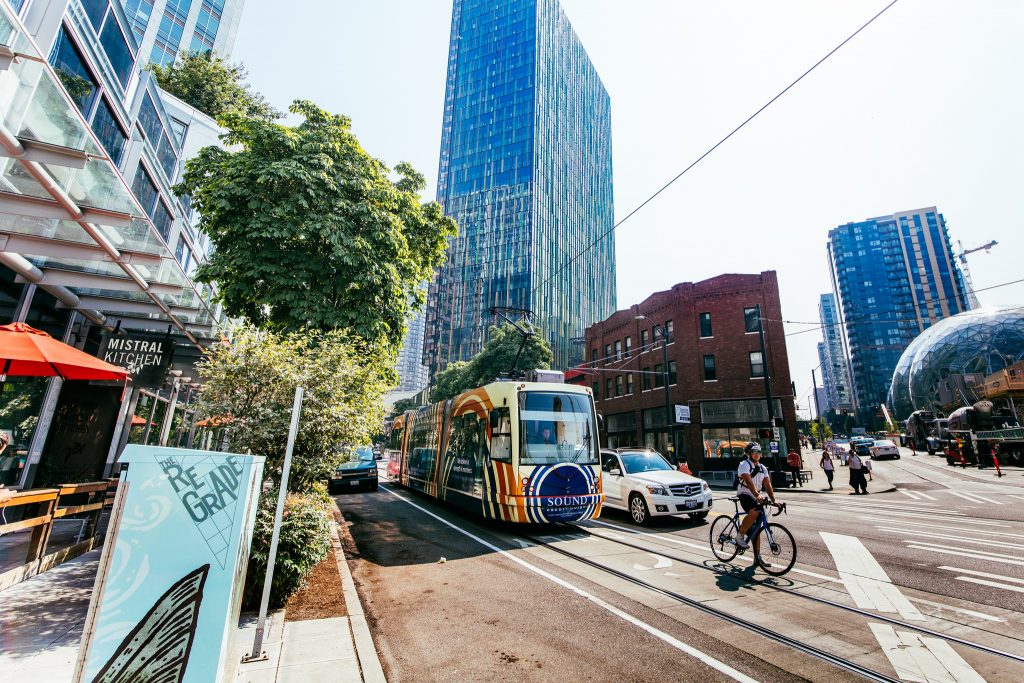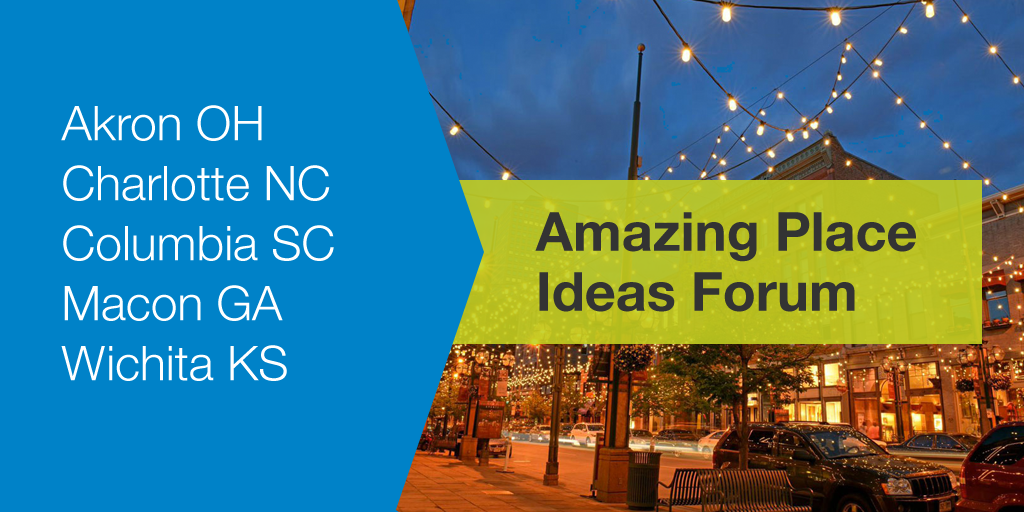
The City of Salisbury, MD envisions its downtown as one that is both walkable and sustainable. To complement the city’s downtown revitalization efforts, Salisbury officials and local residents met with representatives from Smart Growth America on June 11 and 12, 2014, as part of a free, grant-funded technical assistance program. Promoting pedestrian and cyclist activity downtown is a priority for the city in order to encourage residents to visit the area and patronize local businesses. Through a partnership with Smart Growth America, the City of Salisbury and its residents worked to identify solutions to challenges facing pedestrians and cyclists navigating the area.
“We want more people knowing how to discover our Downtown businesses,” said James Ireton, Jr., Mayor of the City of Salisbury. “Smart Growth America will provide us with the resources to focus our efforts on making it easier for more people to live, work, and play Downtown.”
On the first day of the workshop, residents attended an introductory presentation that discussed the current state of Salisbury’s pedestrian and cyclist network and the importance of walkability in achieving the city’s vision of a revitalized Downtown. Residents returned the following day for a bicycle tour and then walking tour to provide insight on challenges cyclists and pedestrians encounter.
In January 2014, Salisbury was one of 18 communities selected by Smart Growth America to participate in the free technical assistance program. Stretching from New Hampshire to Idaho, these communities represent major cities, suburban centers, and rural towns alike.
“We are excited to be in an elite class of cities receiving this support from Smart Growth America,” said Salisbury City Council President Jacob Day. “Salisbury’s economy can thrive with greater investments in pedestrian and cycling infrastructure and with a greater density of economic activity in the core. This grant will help us plan our evolution.”
